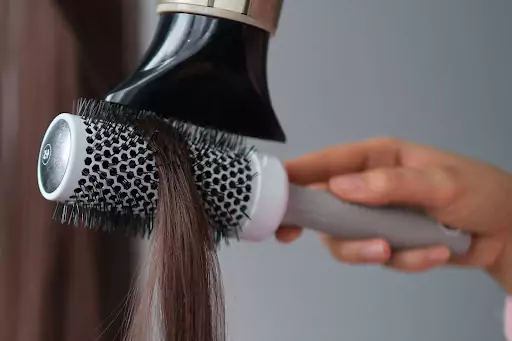Hey, it’s James Barrett here! If you’re reading this, chances are you’ve been plagued by that incessant ringing, buzzing, or hissing sound known as tinnitus. Trust me, I know how maddening and disruptive it can be.
But here’s the good news – there are simple, actionable steps you can take right from the comfort of your home to help quiet that racket and reclaim your peace of mind…”
Tinnitus, often described as a “ringing in the ears,” affects millions of Americans. While it can have underlying medical causes, excessive noise exposure is a leading culprit.
By adopting hearing-friendly practices at home, you can find relief from tinnitus and safeguard your precious auditory sense for years to come.
Let’s start with the low-hanging fruit…
Minimize noise pollution in your living spaces. Invest in a quality pair of noise-canceling headphones or earbuds for when you must crank up the tunes or binge on that new show. Be mindful of volume levels—aim to keep them below 60% of max to avoid further ear damage.

Decibel awareness is crucial for protecting your hearing. Here’s a breakdown of recommended decibel levels and exposure durations:
Safe Zone (Below 70 dB): This is ideal for long-term exposure. Everyday sounds like conversations (60 dB) fall within this range.
Caution Zone (70-85 dB): Sounds in this zone can be damaging with prolonged exposure. This includes traffic noise, hair dryers (80 dB), and vacuum cleaners (85 dB). Limit exposure to 8 hours or less.
Danger Zone (Above 85 dB): Sounds exceeding 85 dB can quickly cause hearing damage. This includes power tools (90 dB), lawnmowers (100 dB), and personal music players at high volume (100-110 dB). Limit exposure as much as possible and wear hearing protection if necessary.
Pain Zone (Above 120 dB): These sounds can cause immediate pain and permanent hearing damage. Examples include sirens (120 dB) and thunderclaps (120-130 dB). Avoid these noises whenever possible.
Remember: Every 3 dB increase in sound level doubles the noise intensity and halves the safe listening time. So, if 85 dB is safe for 8 hours, 88 dB would be safe for only 4 hours.
Here are some resources to help you measure decibel levels:
Decibel meter apps: Many free and paid apps can measure noise levels on your smartphone.
Online decibel charts: Websites like the National Institute for Occupational Safety and Health (NIOSH) provide charts listing common noise levels in decibels [NIOSH noise chart].
Being aware of decibel levels and practicing safe listening habits can significantly reduce your risk of hearing loss and tinnitus.
Next up, get savvy about household noise hazards. Hair dryers, blenders, vacuum cleaners – these seemingly innocuous appliances can pack an unexpectedly loud punch.

Either limit your exposure time or don protective gear like earplugs or earmuffs. Oh, and while we’re on the subject of ear protection, make it a habit for noisy chores like mowing the lawn or woodworking.
Speaking of habits, let’s talk about the ones you should ditch ASAP: using cotton swabs in your ears (a surefire way to compact wax and make matters worse) and cranking that shower to scalding temperatures (high heat can aggravate tinnitus). Replace these with a good ear wax removal routine and lukewarm water for a soothing, steam-free rinse.
One often overlooked tip is to be cautious with certain medications that can potentially harm your hearing. Drugs like chemotherapy agents, some antibiotics, and diuretics are known as ototoxins – substances that can cause hearing damage or worsen tinnitus. If you’re taking any of these medications, have an open discussion with your doctor about monitoring for side effects on your hearing
Last but not least, make your home an oasis by soundproofing where possible. Add draft strips to leaky windows and doors to block outdoor clamor, lay down thick area rugs to absorb echoes, and maybe even invest in some acoustic paneling for high-traffic zones. Envelop yourself in blessed silence!
There you have it, folks – my personal “peace and quiet” protocol for healthy hearing.





